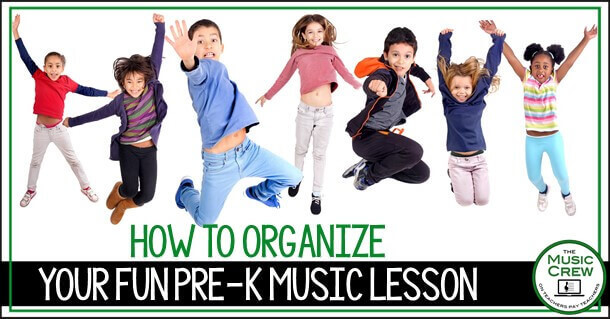
It seems like programs for children not quite ready for kindergarten are popping up in my area of Michigan and music teachers are being challenged with this new class. These classes are called so many different names – pre-k, young 5s, DK, child development, begindergarten, jr. k – but no matter the name, the challenge is real. I have been teaching short music centers for the past 4 years at my children’s co-op preschool and thought I should offer some tips I’ve learned along the way.
Keep It Short
The first thing to keep in mind is that activities must be super-short. In general students are able to focus on an activity 1 minute for each year of age they are. Since most students in this type of class are between 4-5 years old, activities should only last 4-5 minutes. That means in a 30 minute class at least 8 activities should be planned.
Explore the Tools
You might be afraid to let children so young play the instruments. I know I was at first. Young students might struggle with playing instruments gently, but the excitement of playing draws many into the music. There are options for instruments developed with young hands in mind and feature handles or are sized appropriately. I love setting out shakers for beat keeping, but also allow them to explore the different ways shakers can be played – rolled, fast shaking, slow shaking, tapped, etc. One of my favorite songs to use is The Laurie Berkner Band’s “I Know a Chicken”. If you are timid worried about using xylophones, let the children have a 12” section of pool noodle. They can practice tapping on the floor or different body parts to get the motion before introducing the barred instruments.
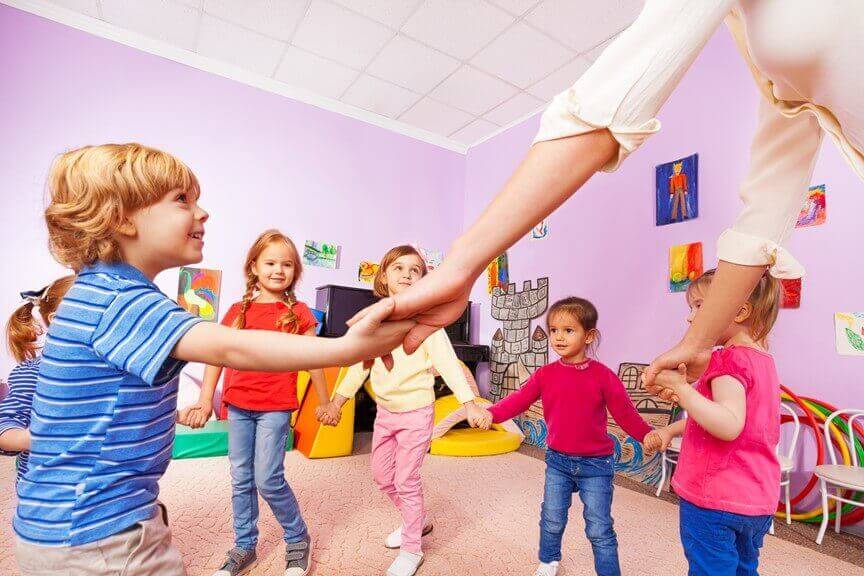

Keep Them Moving
We have all seen the memes and articles talking about how children need to move often. Sitting still is not a natural thing for children – or even many adults. There are so many ways to include movement activities in PreK music lessons that are quick and easy. Tried and true fingerplays (like “Where is Thumbkin?”) and movement songs (“Head, Shoulders, Knees, and Toes”} are great. Having this age play Freeze Dance is perfect for creative movement, developing listening skills, and body awareness. I also like to include simple parachute activities to highlight phrasing and beats without labelling as such. If you are looking for research regarding movement and brain development, check out the BrainDance developed by Anne Green Gilbert.
Bring Out the Props
Bringing the joy of music to littles means also bringing in a sense of wonder and novelty. Singing or listening to songs about bubbles while allowing students to catch actual bubbles is joyful. Bubbles can turn a PreK music classroom into an imaginary world to inspire creativity. Small plush animals are great buddies for students to interact with and keep unfocused hands busy. I love pulling out my puppets for students to sing to or even sing as to encourage solo singing.
Bring Your Patience
This is probably the most important thing I could tell you about teaching PreK music. Many of my students come without any musical experience – no KinderMusic, Music Garden, Music Together or any other program geared toward the very young. Music could be a scary new experience for them. You might find that many students won’t participate immediately. You may often find you are singing and dancing with yourself. That is totally fine. Before children join in with a new experience, they need to feel safe and comfortable. Encourage them, but don’t call them out for not participating. Let them soak in music in all it’s beauty. Provide for them those important positive exposures to music. Eventually you will find the majority of students will join you on the musical journey.
Do YOU teach 4-5 year olds? I’d love to hear what your favorite activities are!
Musically,
Melissa Angstadt
Musical Interactions
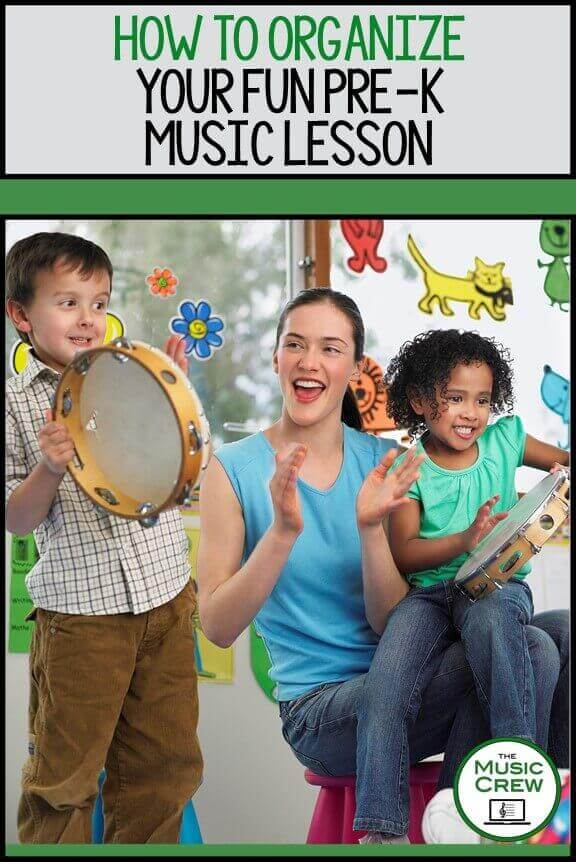

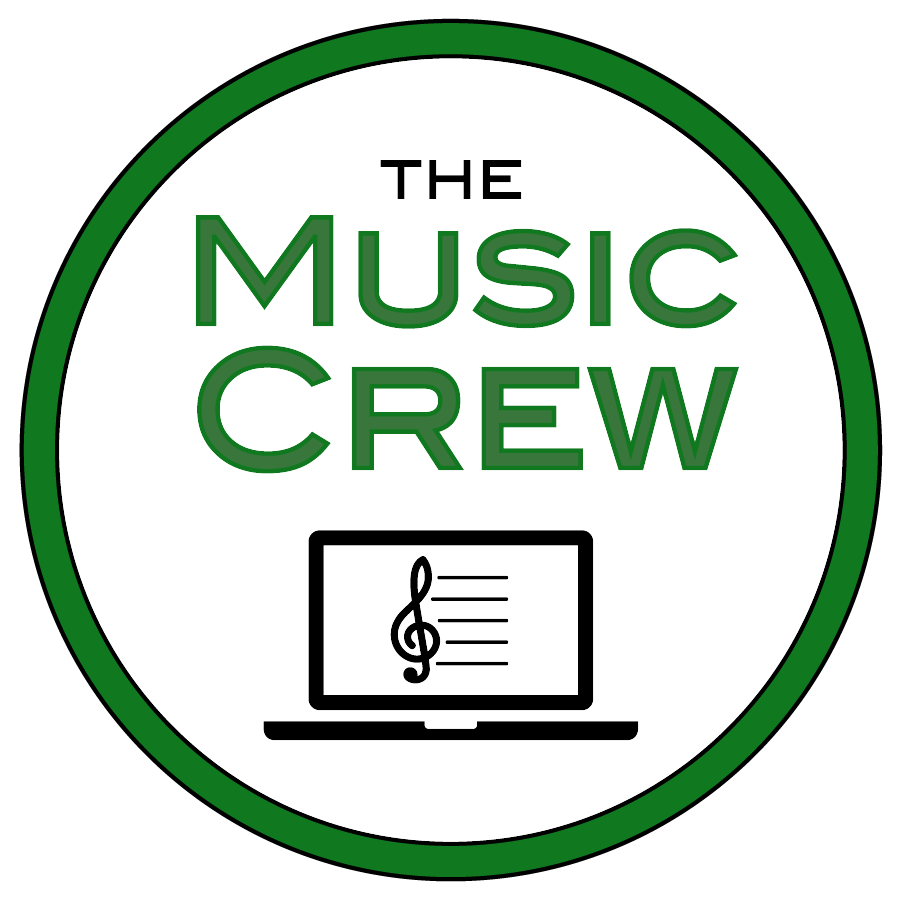
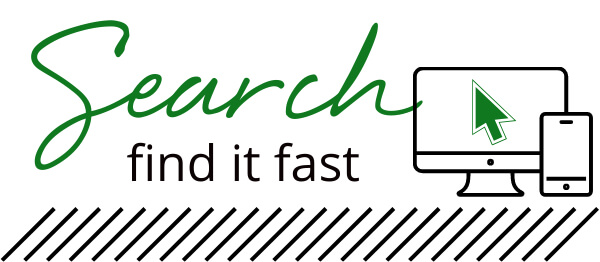

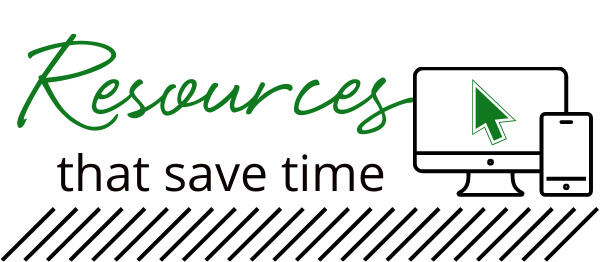
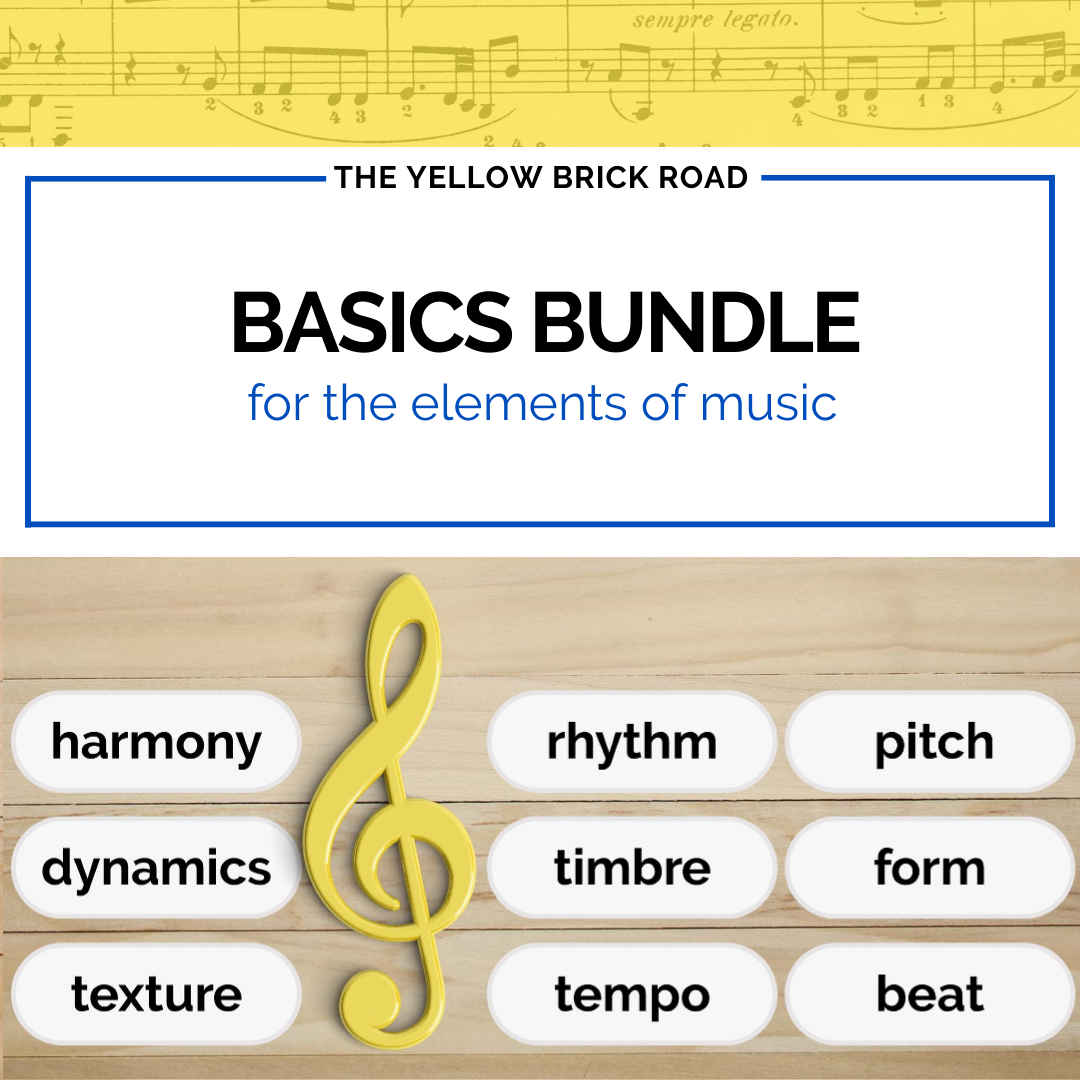
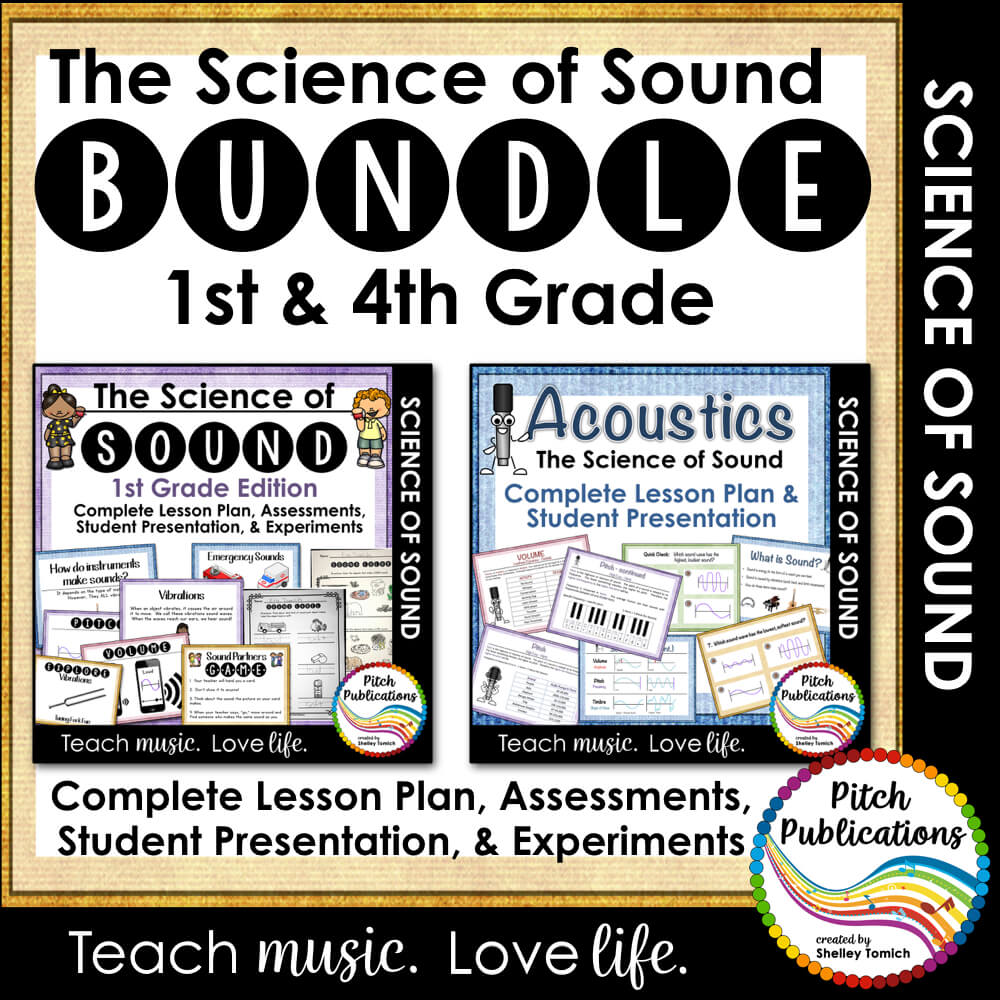
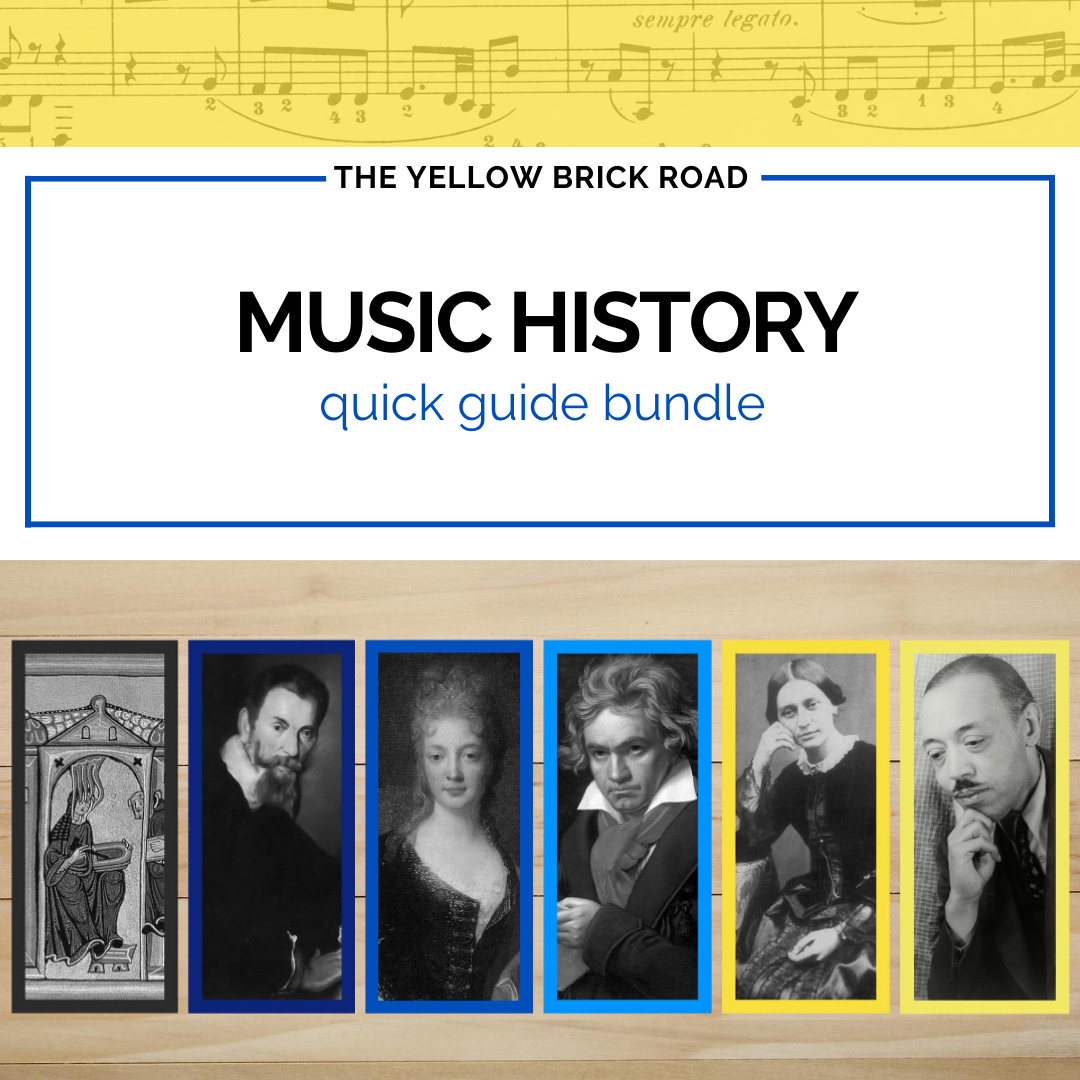

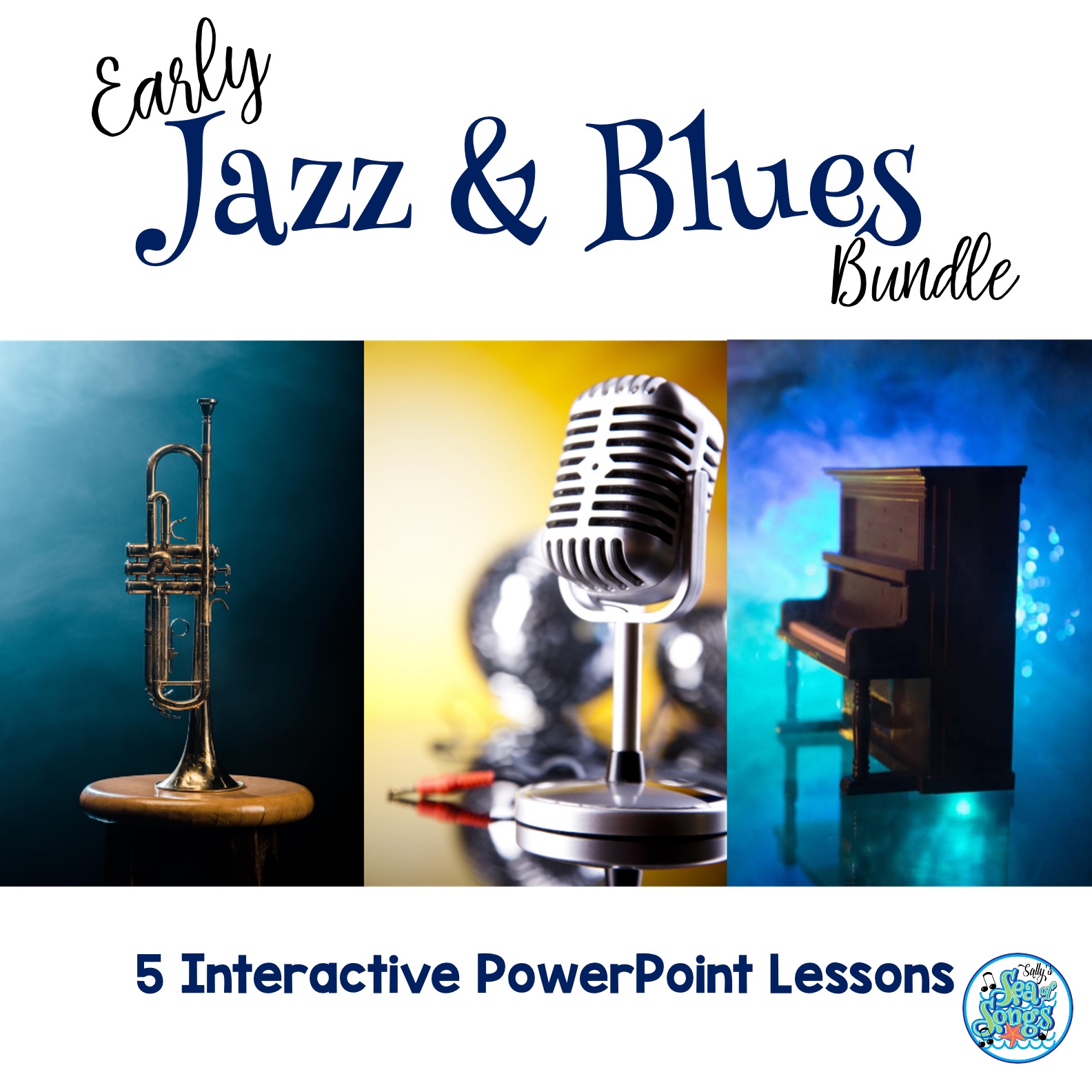
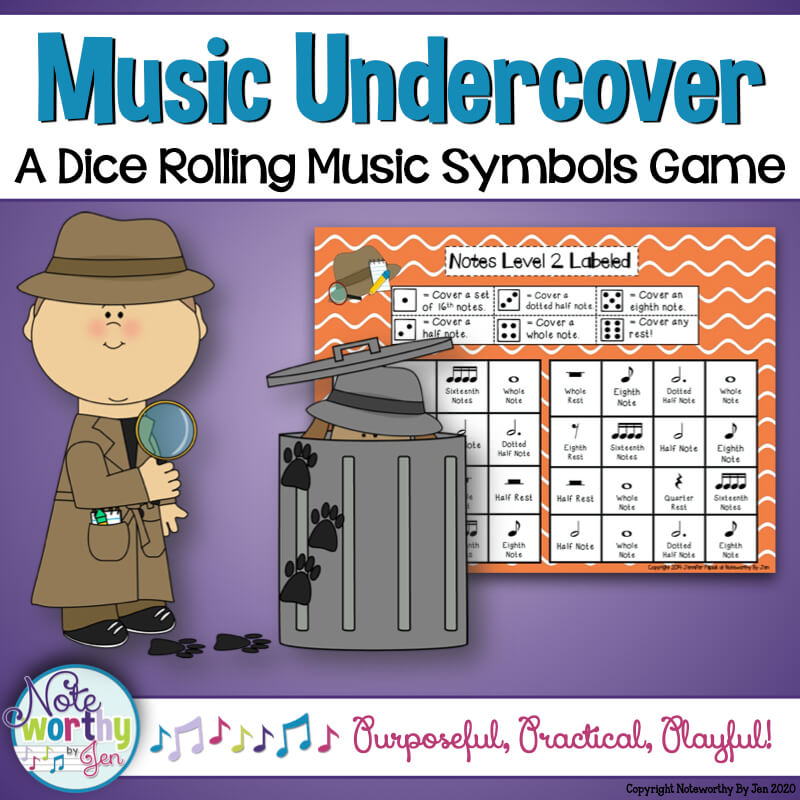
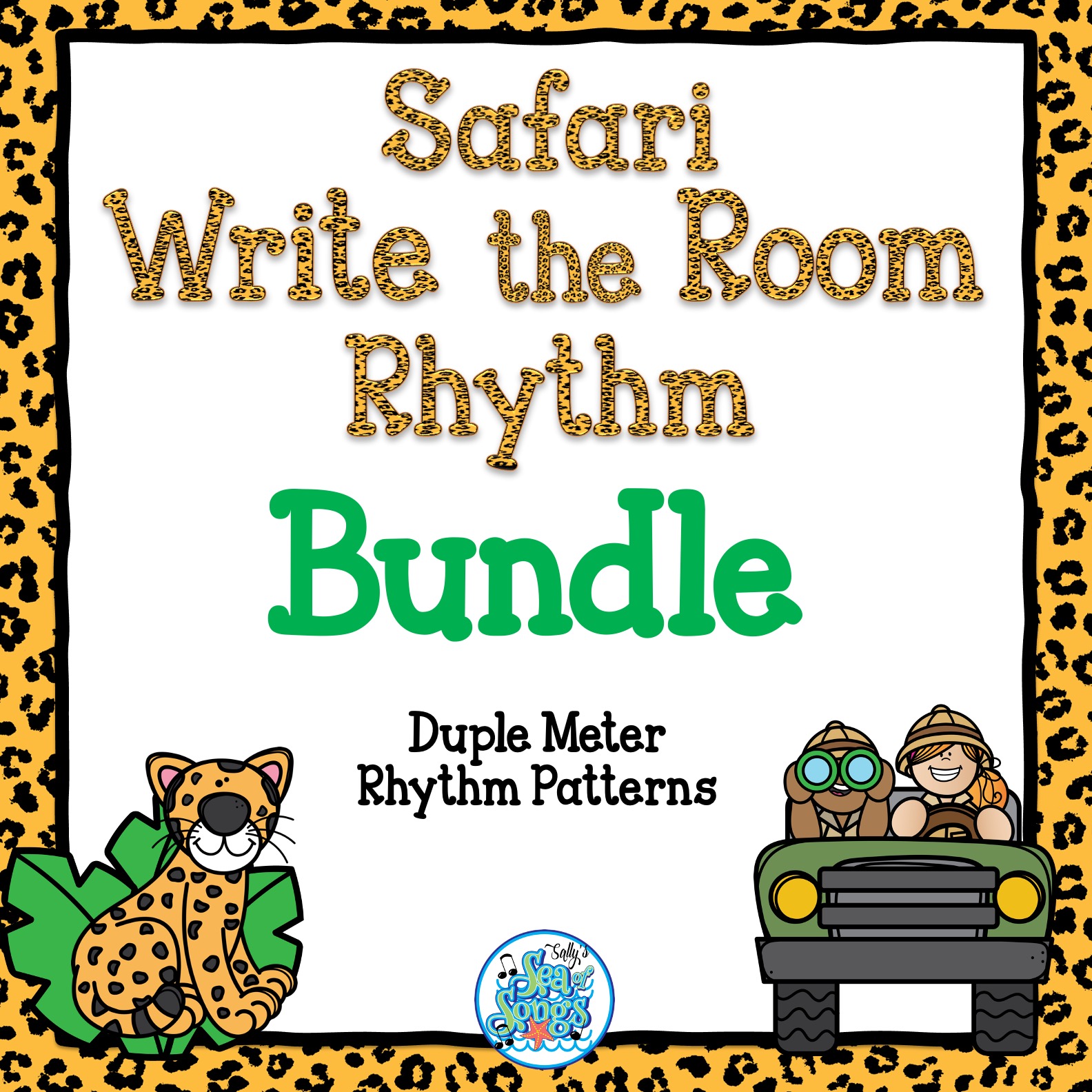
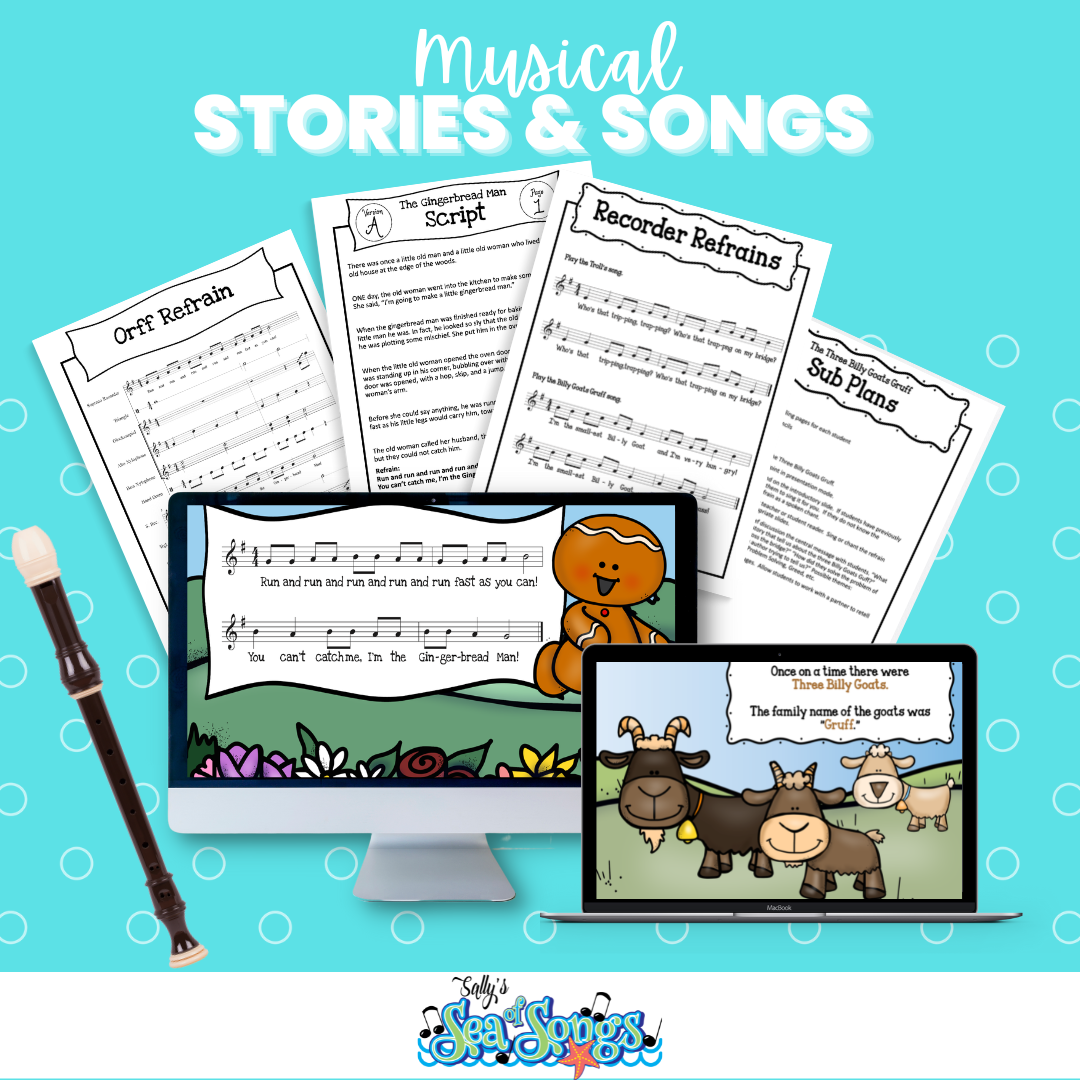
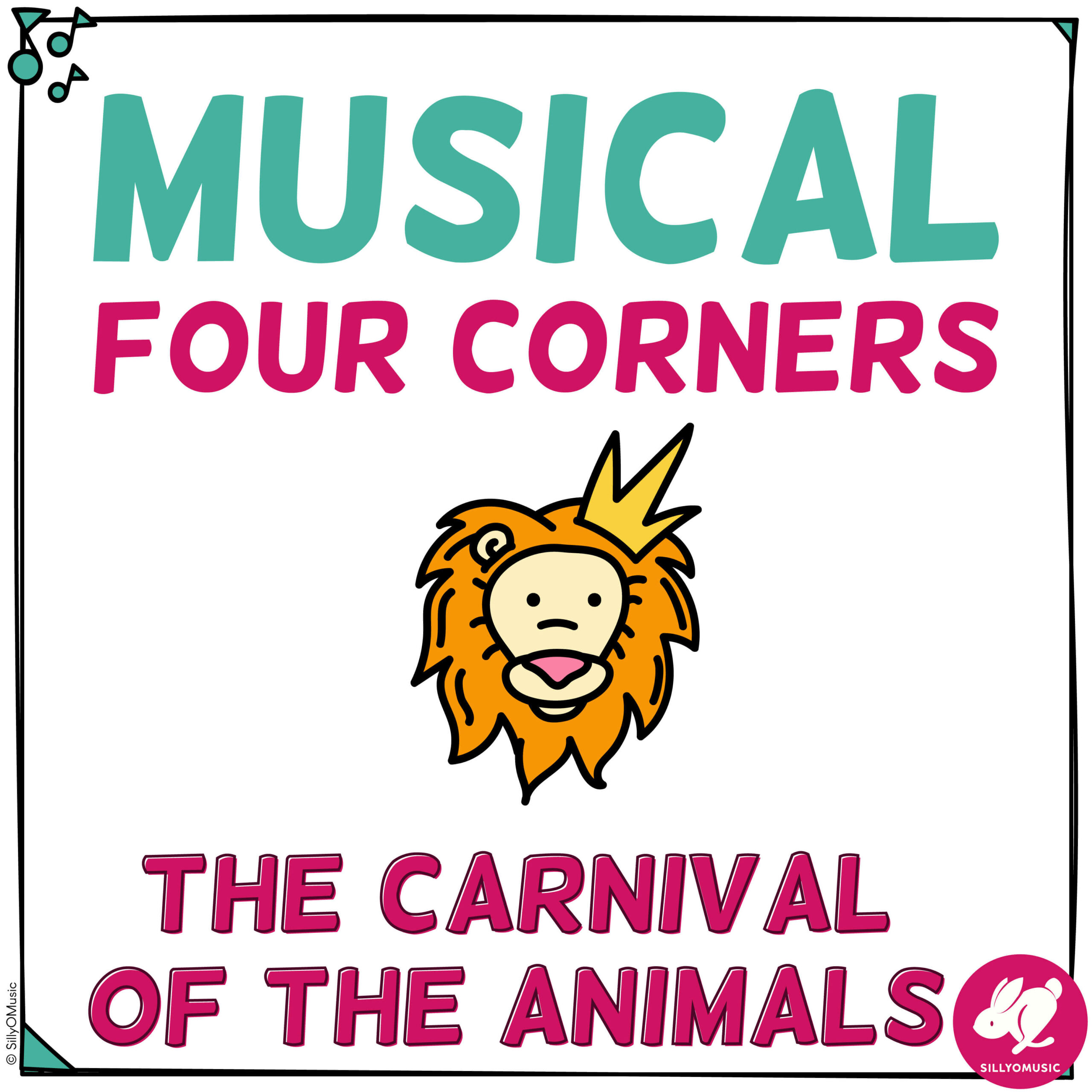
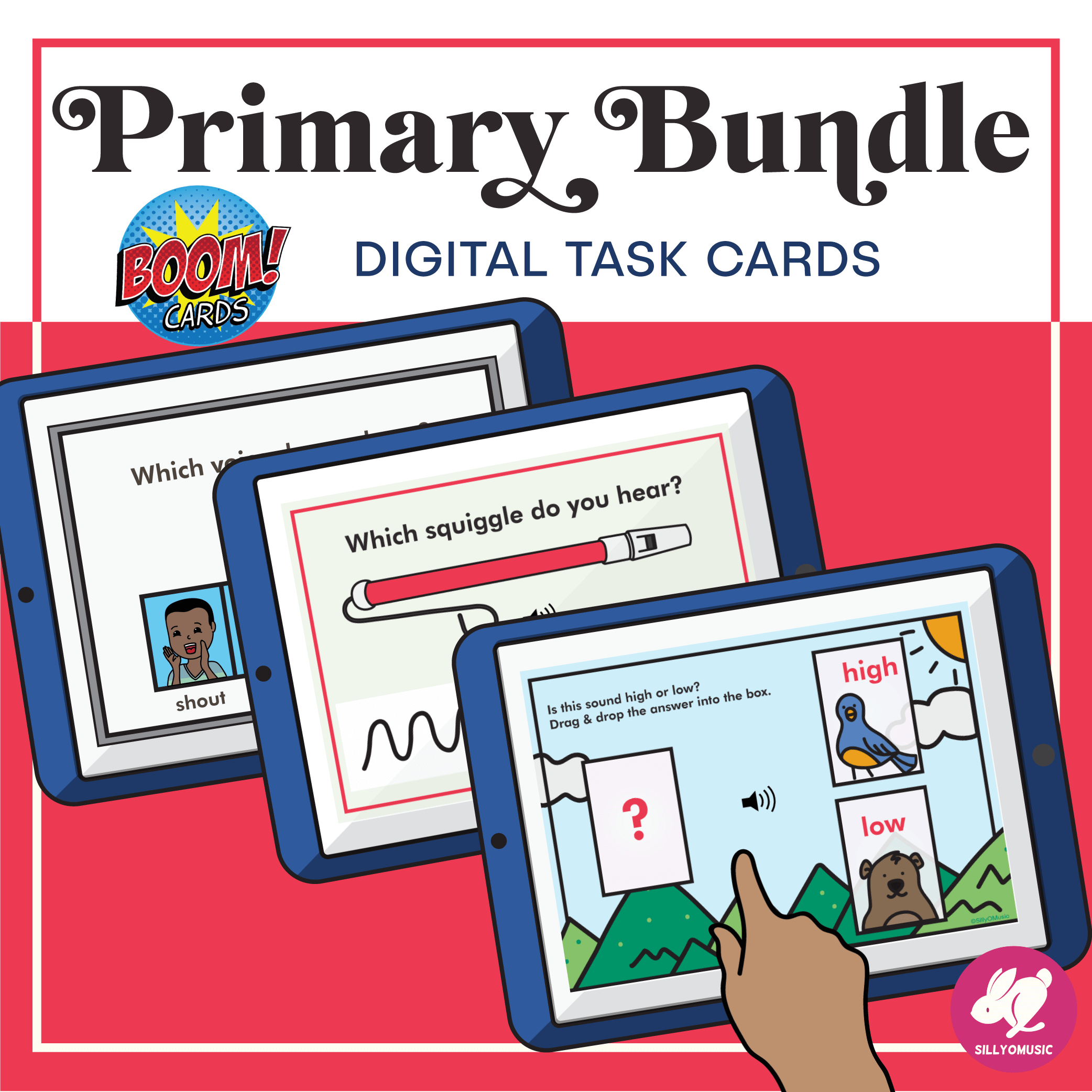
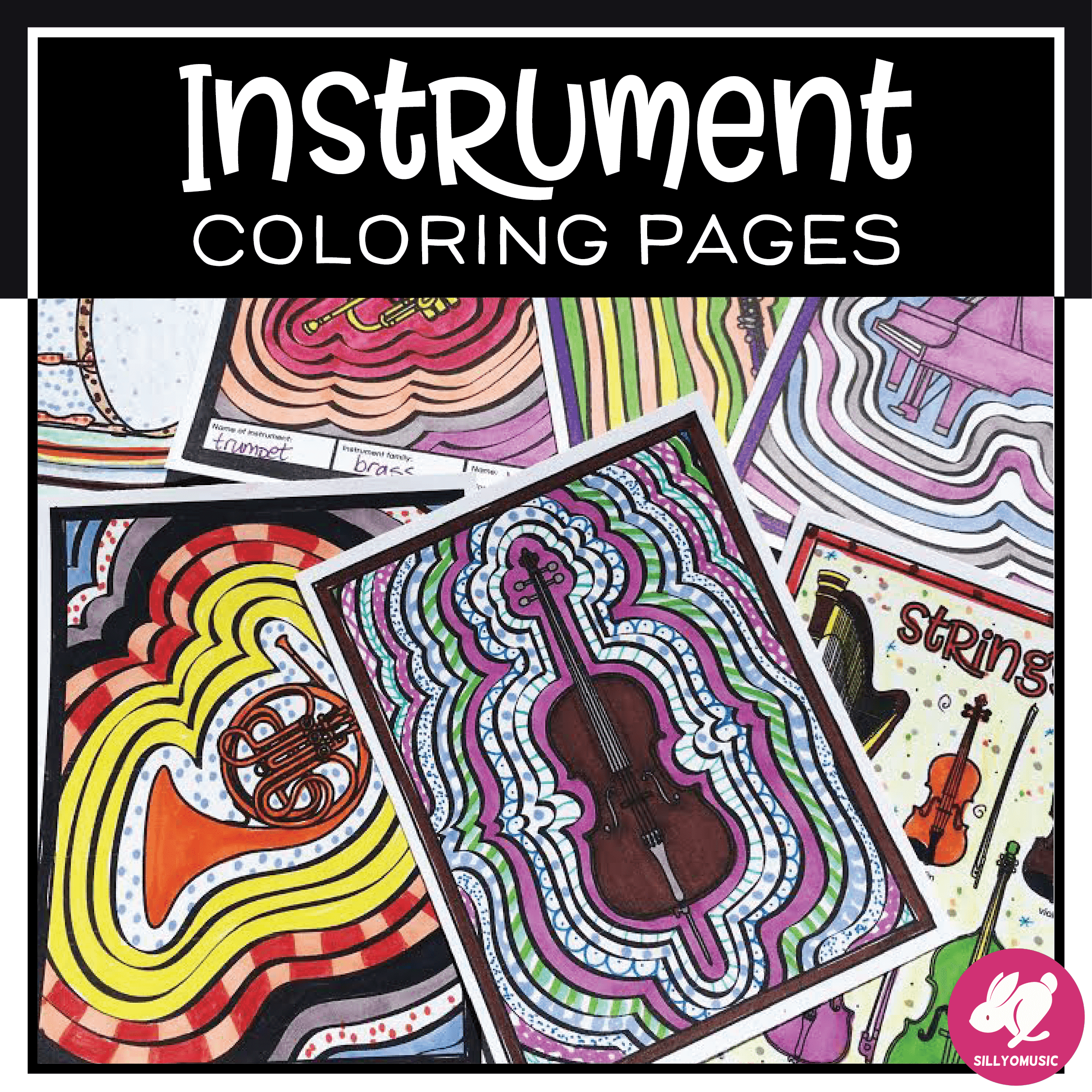
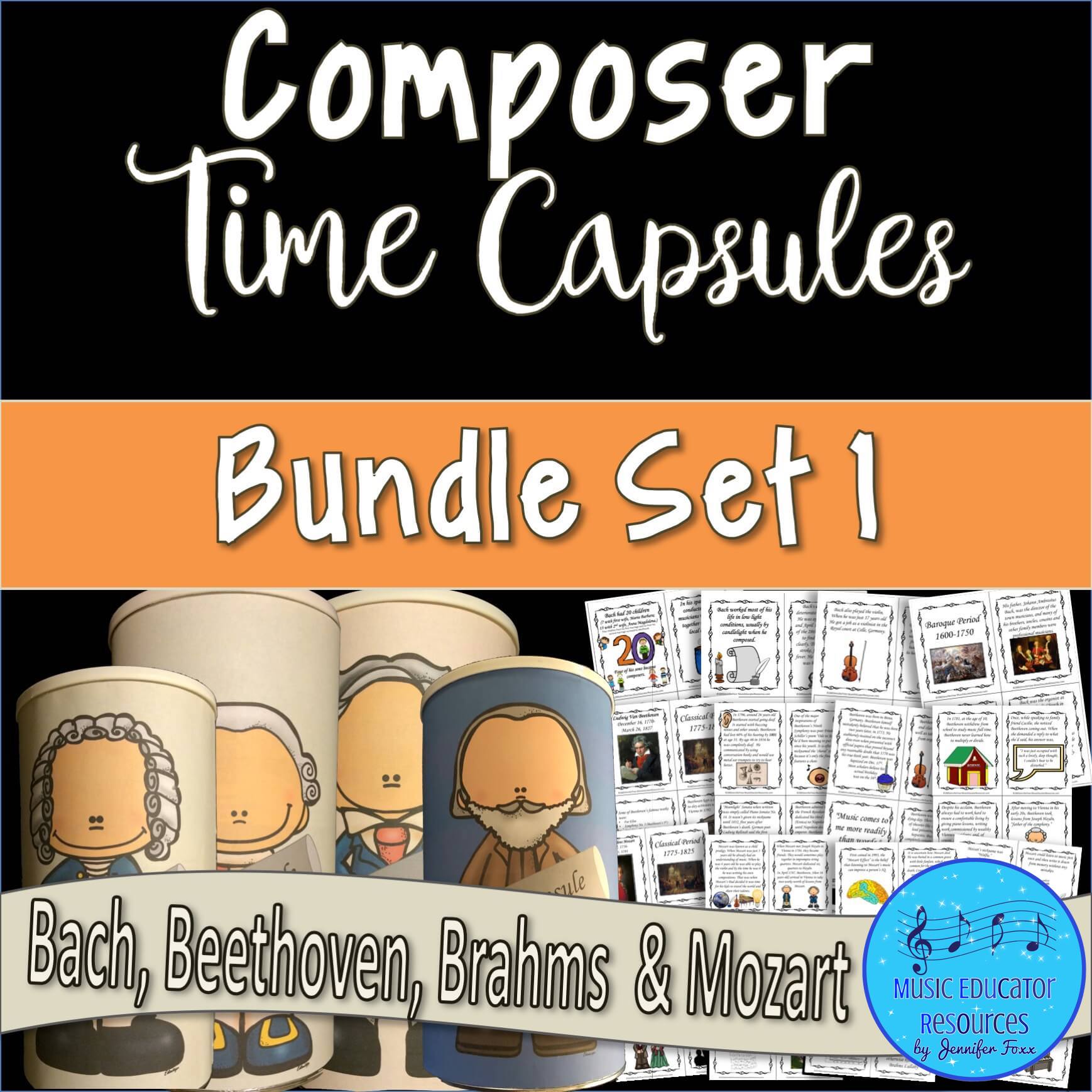
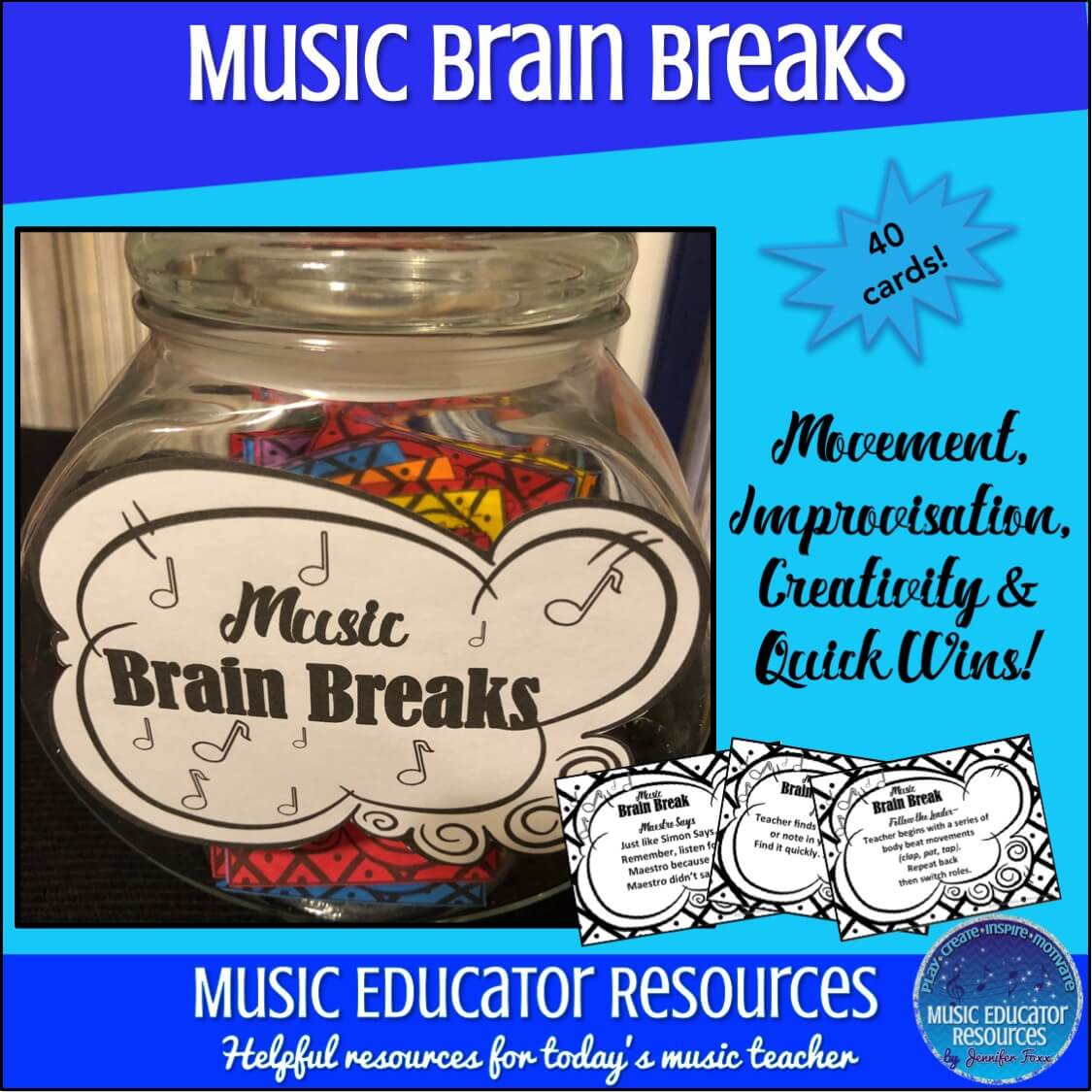
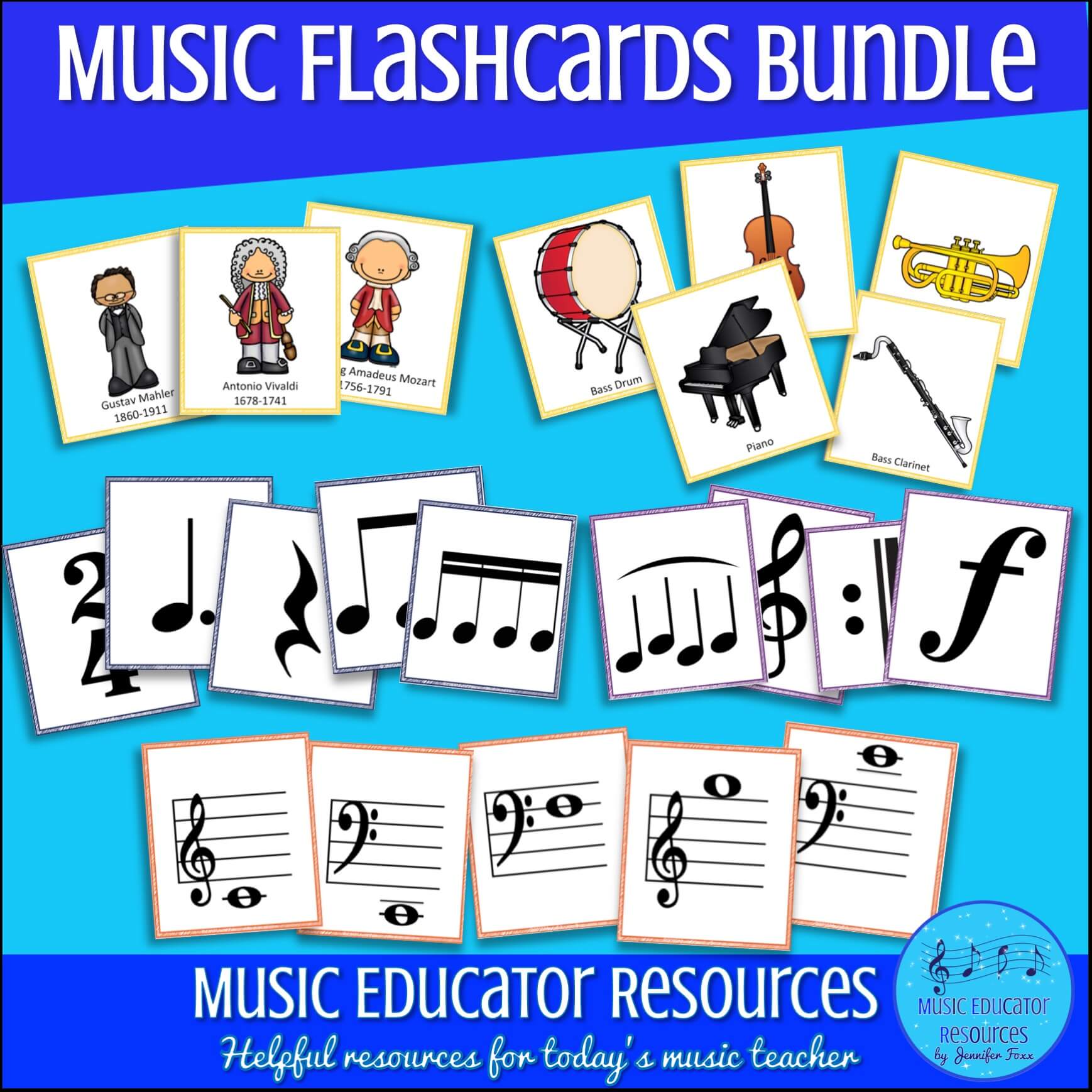
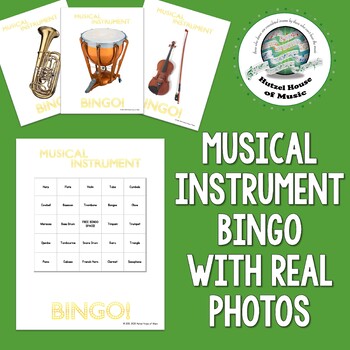
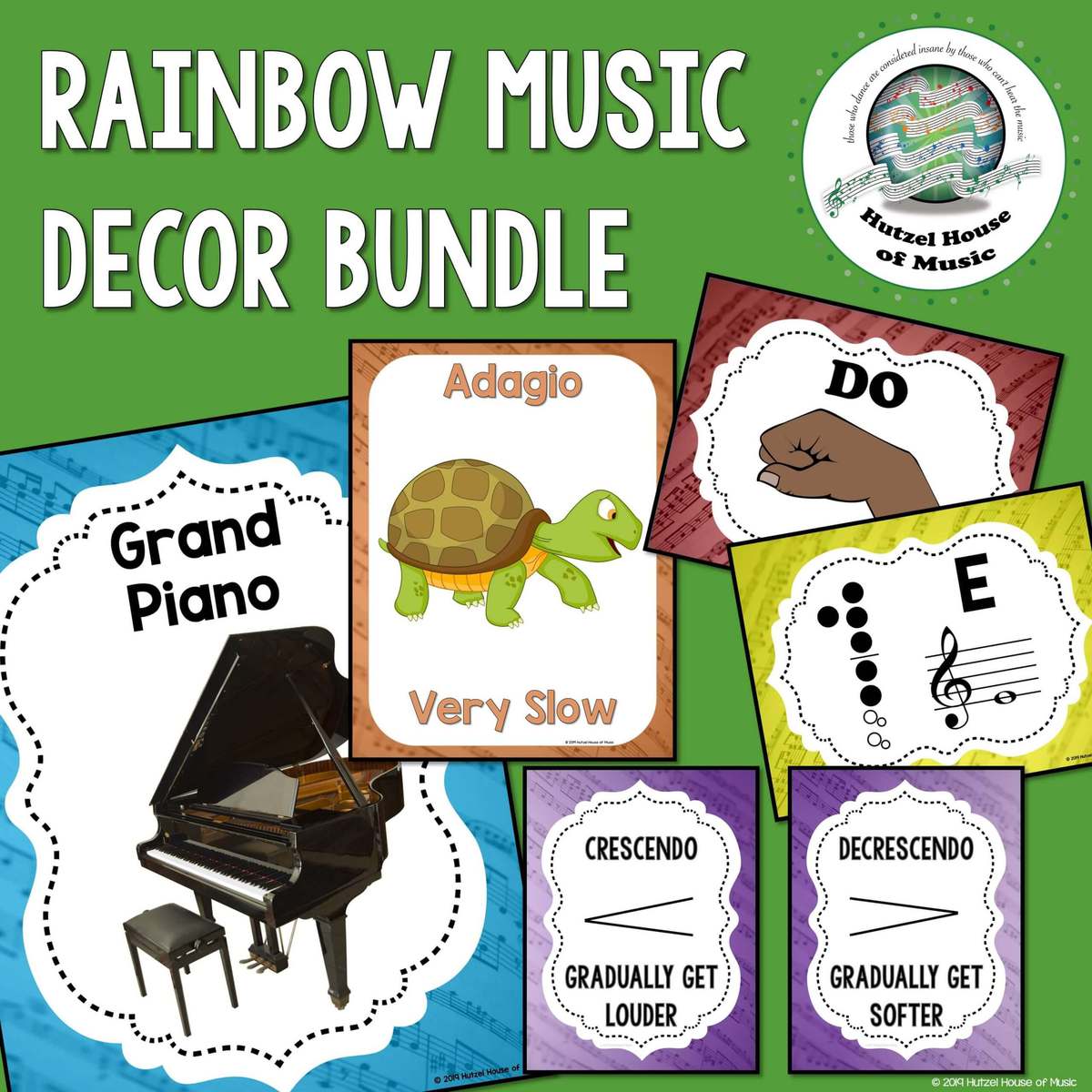





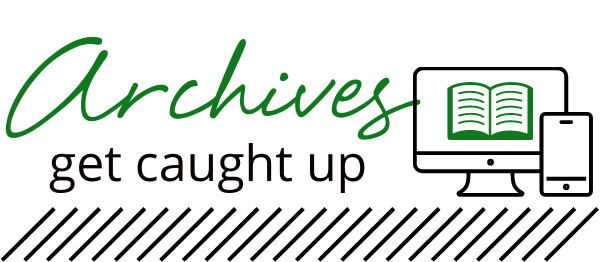

Hello! Thank you so much for your tips. This is great to read. I recently started teaching at a Preschool and the smallest kids are 1.5 years old, and the oldest turning 6.
I am having trouble keeping them from running around and screaming. I don’t want to hurt my voice and I have tried ‘”clap, clap – snap, snap,” dance freeze, and some other activities but still there are the kids that won’t follow through. I think part of the issue is that the class is 60 minutes long. So based on their attention span and what you mention, I would have to have at least 16 activities. That sounds like too much still for them to focus. Do you have any recommendations?
Hi, 60 minutes seems like a very long time to hold their attention, but it can be done. I think you need to focus on the structure and type of activities you’re using. Do you use an opening “welcome” song? Sometimes this helps younger children transition to music class. I would start with an activity that gets them moving just to get some wiggles out. Then I would bounce between ones that have no/less movement and mostly movement. And have a plan for transitions between activities so they know what’s happening. It could be a simple poem that you say together while moving to the next activity.
Consider also using a variety of props. Simply bringing out a puppet that they sing to or tells them a musical story can be captivating for young ages. Bubbles, scarves, and parachutes can also be a huge hit! If you have preschool-appropriate instruments, pass them out for a few songs.
Remember that it’s natural for some to wander or not participate. It’s important to give those students opportunities to explore and also feel safe within the class.
It’s also going to take time for them to learn and understand your procedures. It’s definitely frustrating at times, but consistent, gentle reminders and redirecting back to the activity will help them learn your expectations. This could be the first music class they’ve had and aren’t really sure what to do.
Do you have any assistants helping with music class? Are your classes mixed age levels? Could your older kids be partnered with younger ones and act as “teacher helpers”?
I am a para for a 4k group and would like to add more music time during summer. Adding music time has been a challenge with my group so far. I can sing a song or 2 tops then they will lost interest and start just running around the classroom and playing with other toys. I am thinking about introducing different instruments in classroom see if they be interested in it. What should I do first they be most fun for a 4k group?
My biggest recommendation with this age level is to have lots of very short activities/songs. It sounds like they need more movement/instrument activities to break up the singing. When you organize a lesson, you might try alternating singing with movement and instruments activities. For movement, have them dance with scarves or blow bubbles for them to catch. They could move like a certain animal or with a certain type of step – march, tiptoe, sliding, etc. If you want to add instruments, egg shakers are a good place to start. You can have them shake their eggs high, low, fast, slow, behind their backs, hiding under their legs, etc. There are a lot of other small percussion instruments made specifically for younger kids, which helps with grasping them. You could also use a community drum, which is larger and meant for everyone to sit around. The big take-away though is to move on to different activities within 4 minutes. 4k has a short attention span, so trying to focus longer than that is really difficult for them.
Melissa A.
Musical Interactions
Hello, I’m organizing music classes for kids starting 1 year old. I organize them in 3 groups, by age, 1-3 year old, 3-5 and 5-7. I wonder, for 3+ year old, do you use one song the whole class and add different activities and instruments to that song, to teach a beat or rythim, or do you use different songs with different beats and rythims. I fear that using too many activities and songs, the lesson doesn’t get learned, but in the meantime without that variation the class gets very dull. I’m having difficulty creating a lesson plan.
I think it depends on how long your class in overall. I would probably pick a few songs that I would use over several classes. Each song could have a different purpose – patting the beat, playing egg shakers, listening to/answering questions about the lyrics, etc. – in the lesson. Once the class has a general understanding of those activities, I would use the same songs but change what the students are focused on or doing. This way they are already familiar with the songs and can focus more on what you’re teaching. I agree using one song for an entire class would probably have your students losing attention.
Melissa